Namibia
Namibia - Travel Advice
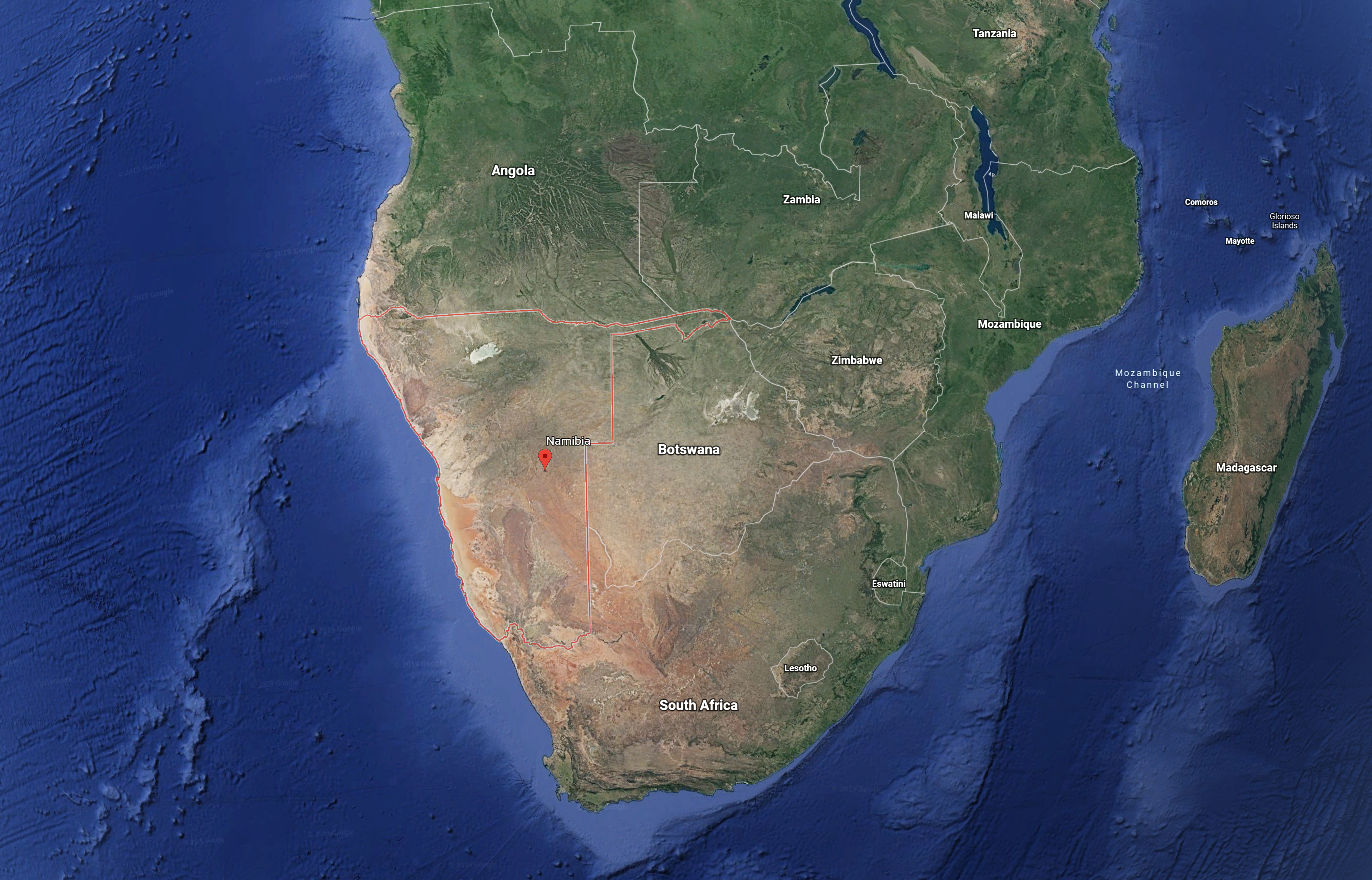
If someone put a gun to my head (it wouldn’t be the first time) and made me pick my favourite country on the planet, I think I’d have to pick Namibia.
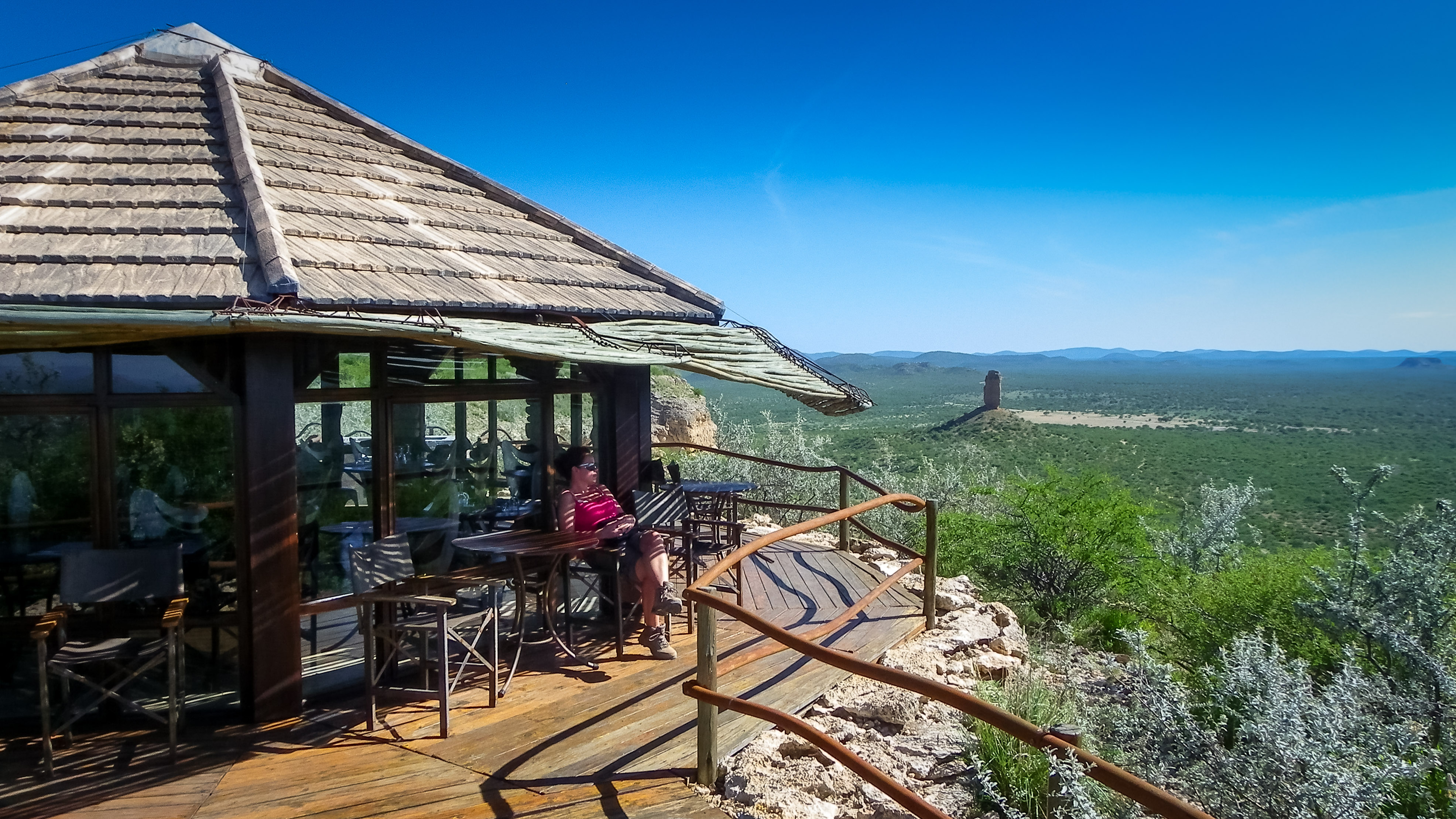
A while back I had a good think about what it was that made some trips more memorable and enjoyable than others. And, for me, the answer was ADVENTURE. Let me summarise why I like Namibia so much:-
- Incredible landscapes. It feels like you’re going back in time to the dinosaurs almost. From the red/orange desert sand dunes in Sossusvlei to the lush green Caprivi Strip
- The feeling that nature is unharmed, even untouched by mankind
- Not only a lack of tourists, but per square kilometre the country itself is one of the least populated countries in the world. We drove for hours sometimes and didn’t see a single car, village, house or person
- Unique wildlife that has adapted to the harsh environment over the millennia, from desert lions and elephants to wild horses in the Garub
- Some of the quirkiest places on earth, like the village of Solitaire with the half buried cars
- The insects – some of the biggest insects I’ve ever seen, from spiders, crickets, centipedes and seriously big flappy moths. I’m not an insect fan to be honest, but you can’t help be impressed
- Safety – this country has one of the most democratic and stable governments in Africa and has very low crime
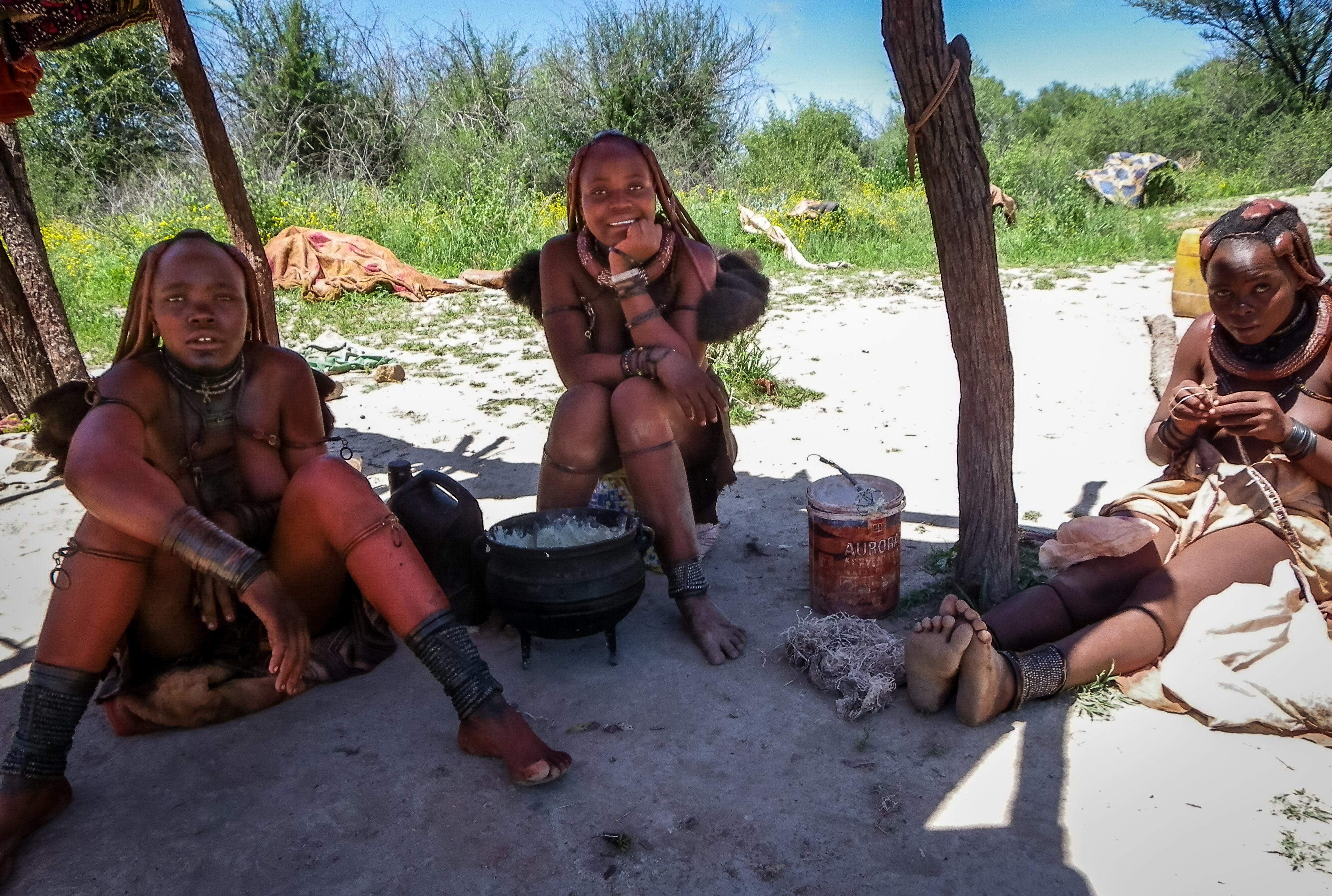
We had hired a normal 2 wheel drive saloon, we didn’t have any problems, but I would recommend a 4×4 if you go yourself. We tried to see as much as we could in our three weeks there so we did a fair bit of driving. Every night we would book the following day’s accommodation and then spend the next day getting there. The thing was we didn’t know what the roads would be like, whether there would be any signs of civilisation along the way, where the next gas station would be, where the next cash machine would be, whether there would be any mobile phone coverage if we had any problems, or any real idea of how it would be along the way. We did have an older model satnav with us, and I wouldn’t recommend driving around Namibia without one, but mine based it’s time-to-destination calculations based on a maximum of 20mph as most of the roads we were on were dirt roads. So I would have an idea that it would take three to four hours to get to our next destination but our satnav would sometimes come out with crazy stuff like 16 hours to destination, but would come down quickly.
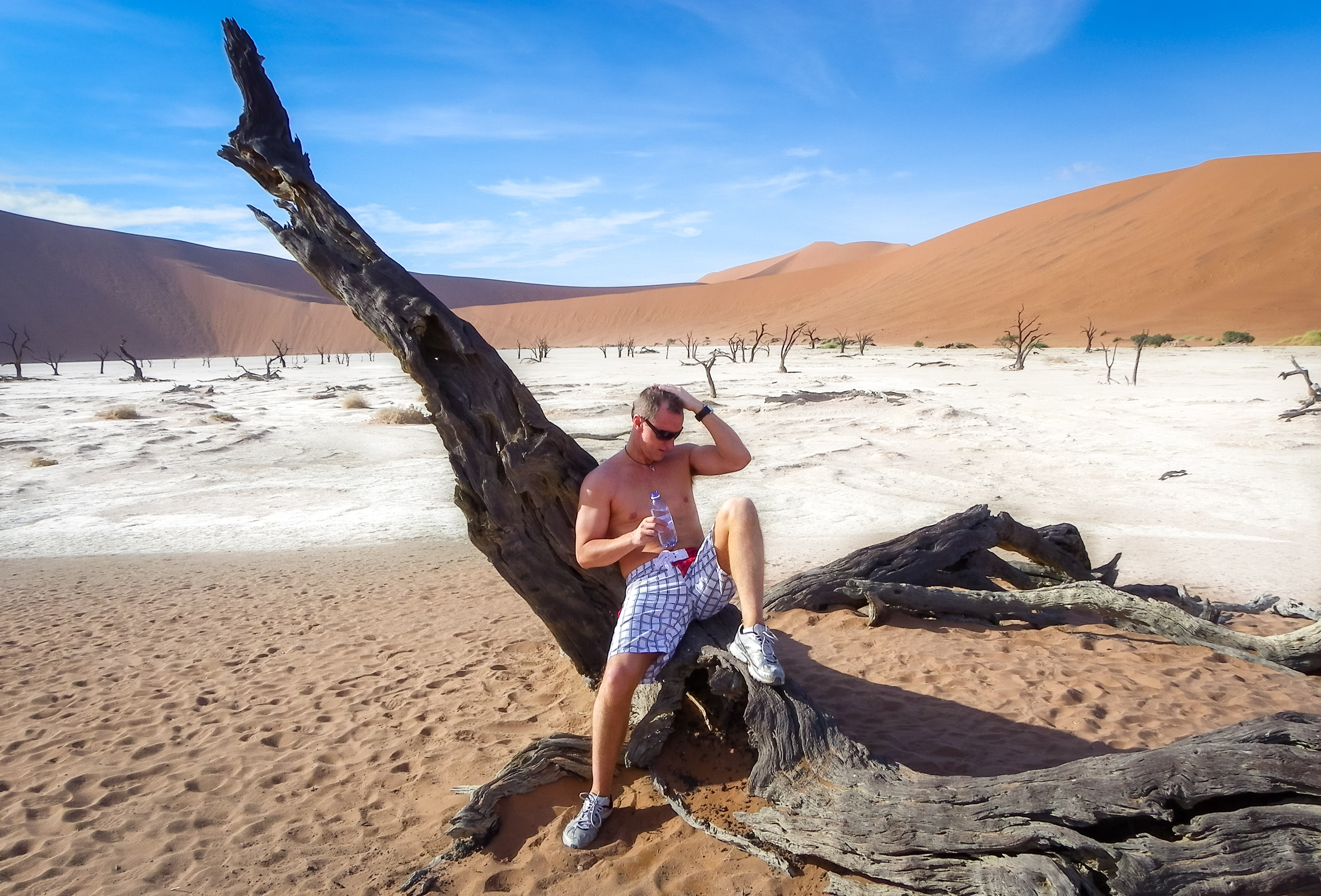
Whislt what I’ve described above may not seem like a whole lot of fun, what it did do was make every single day an absolute adventure. Think about how often you can use the word adventure on a holiday of yours, where you didn’t know exactly what you were going to do that day, or have someone show you and guide you somewhere, look after you, have help at your fingertips and the security of people all around you. We had that sense of the unknown every time we got in the car. It was awesome.
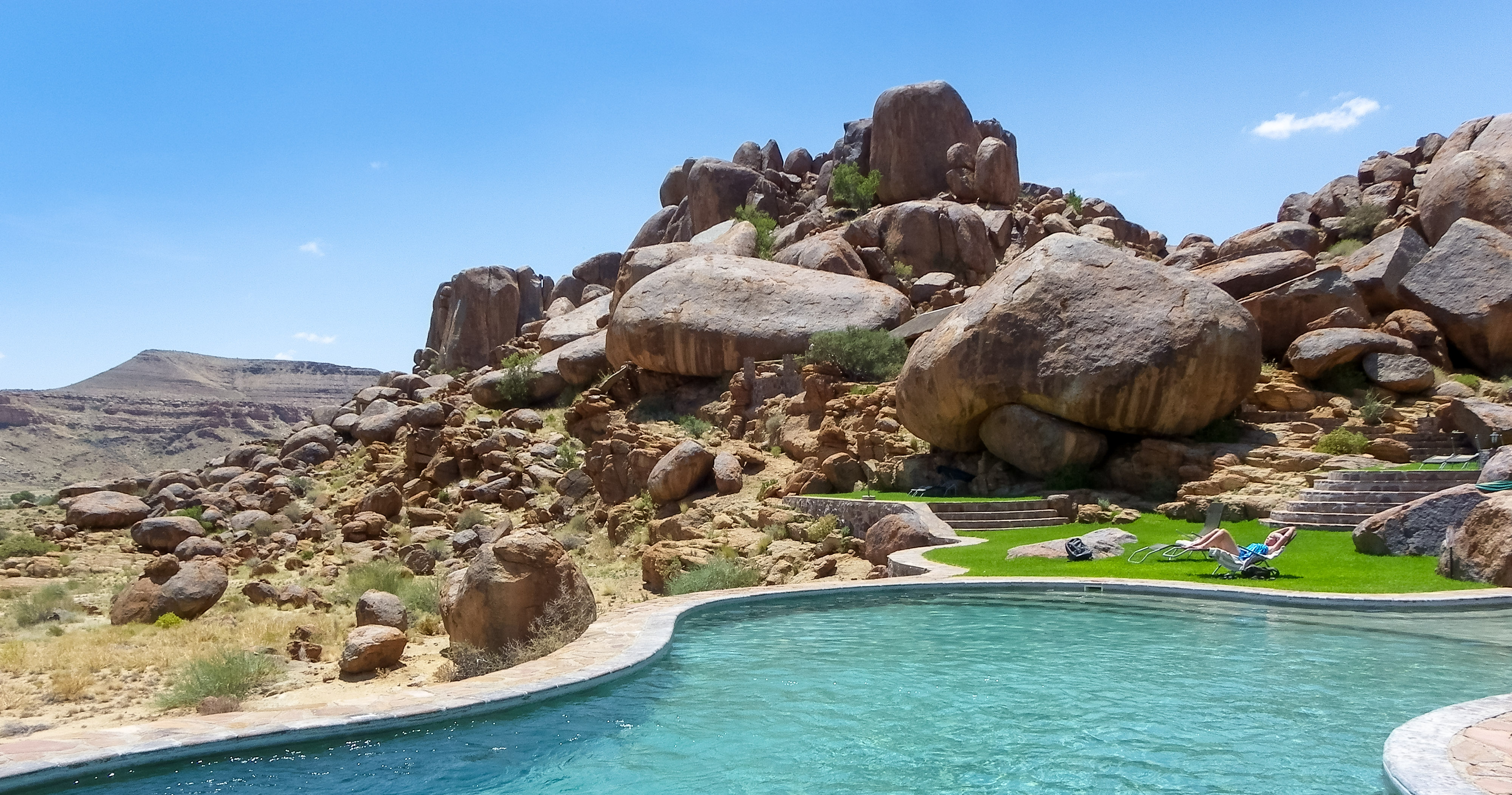
Getting around Namibia is fairly straight forward. As far as roads are concerned there is basically one long tarmac road stretching the whole length of the country north/south and, for the most, as soon as you get off that you will be on what they refer to as salt roads. These are pretty well maintained dirt tracks that get flattened and repaired on a regular basis. They’re actually a lot better than you would imagine. Like I said, I survived three weeks in a standard 2 wheel drive saloon car, but I did sometimes think to myself I wonder what would have happened if we’d have caught a big rain storm in some areas. And boy it can rain sometimes!
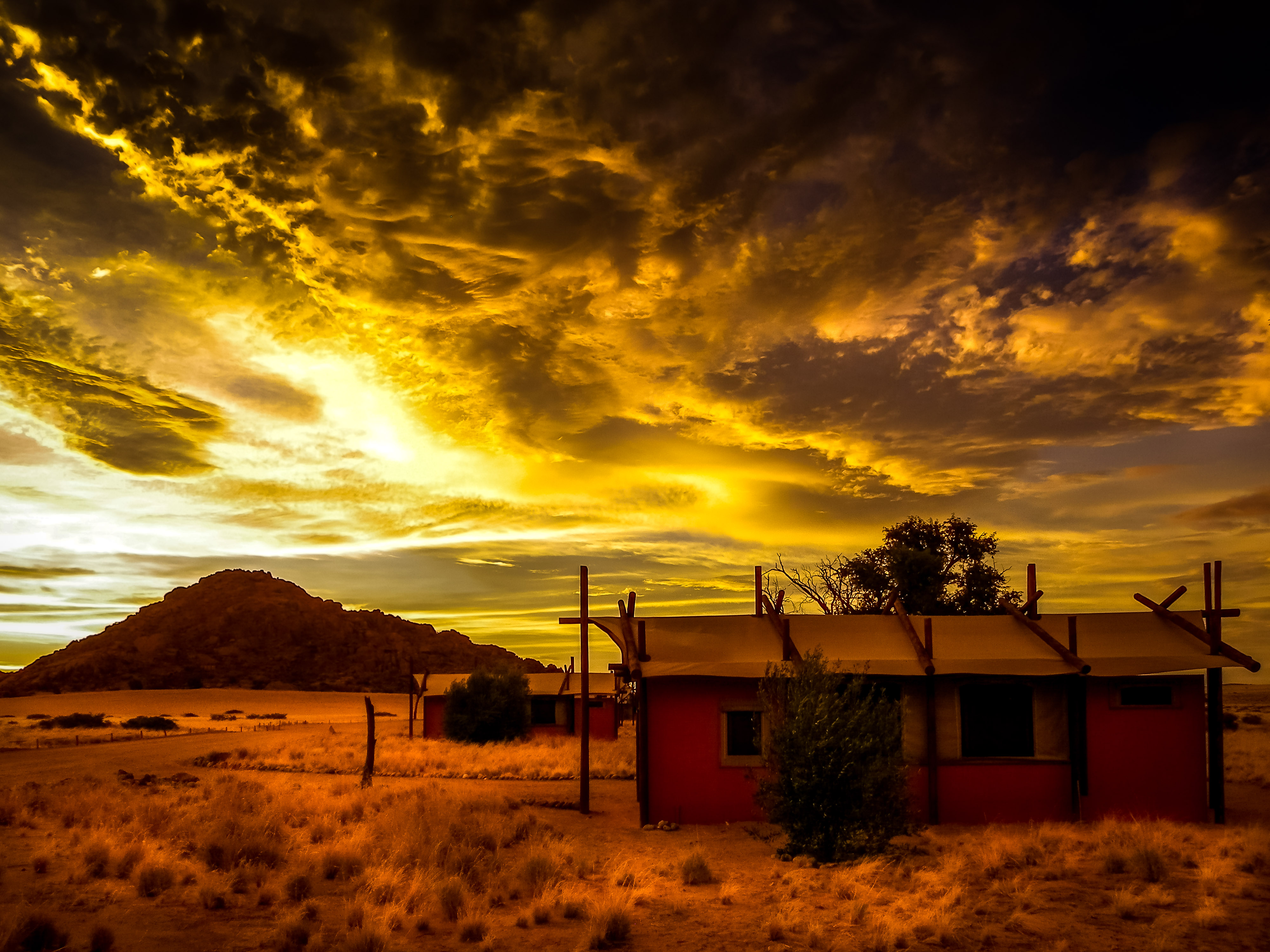
For most of the year this is a hot, arid country with dried up riverbeds, but when the rains come those riverbeds can go from bone dry to raging torrents in the space of minutes. We were pretty lucky, but even then there were a couple of times I had to get out of the car and paddle across a pool of storm water in the road to see how deep it was to check it was safe for crossing. In an ideal world get a 4×4 and a satellite telephone too which are normally available with the car rental agents.
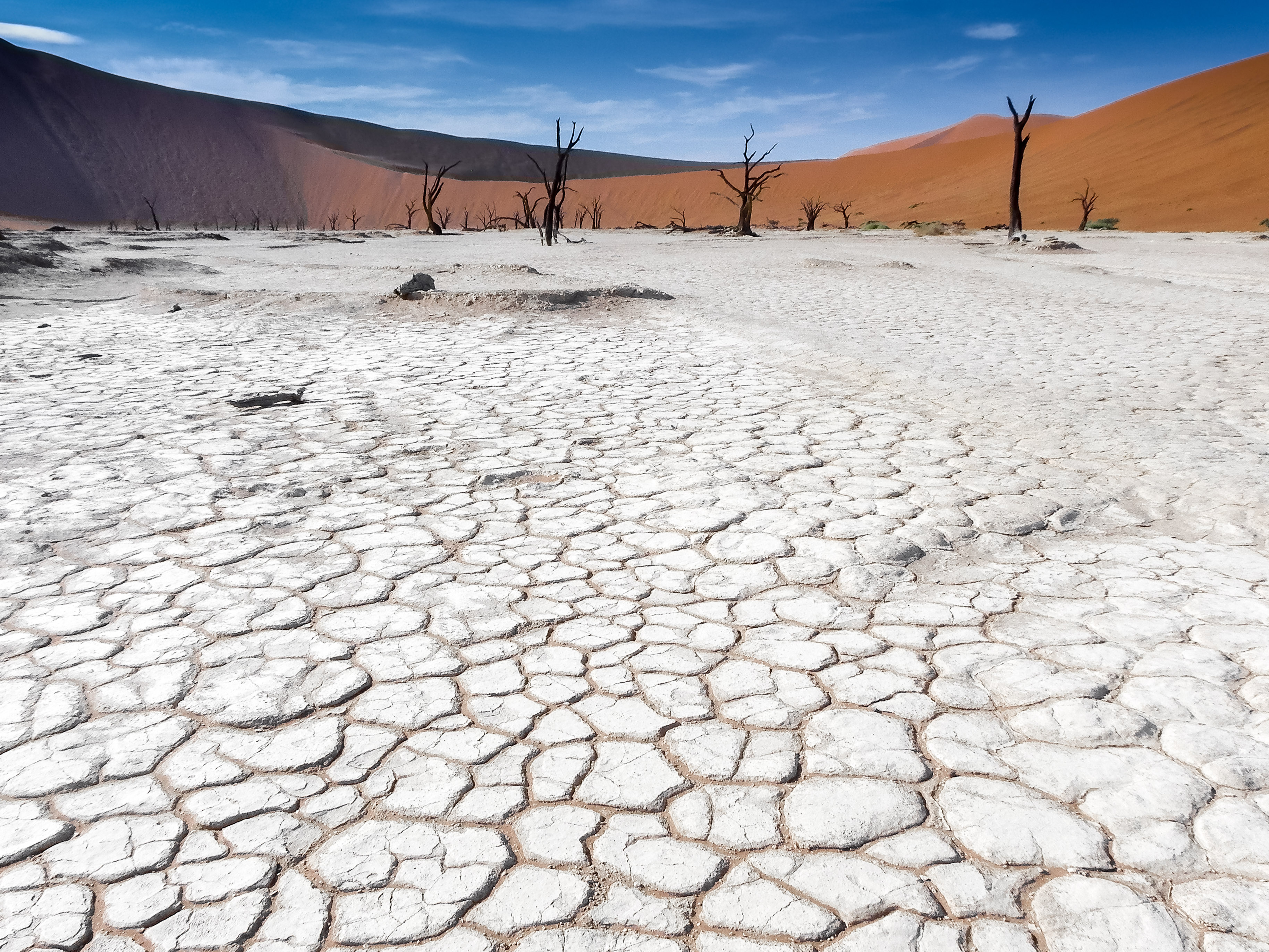
Choice of accommodation isn’t huge, but then again this is a country that sees a lot less tourists than it’s southern Africa neighbours. There’s not a lot in the backpacker range, but they are around. More common is the mid range style of accommodation. When we were there we were paying about £100 per night for some absolutely cracking places. We stayed a lot with a chain of lodges called Gondwana which we absolutely loved. Great locations, great staff, great food, unusual settings and spaced out nicely so you could use them as a stepping stone round the whole country, as we pretty much did. There are other chains too.
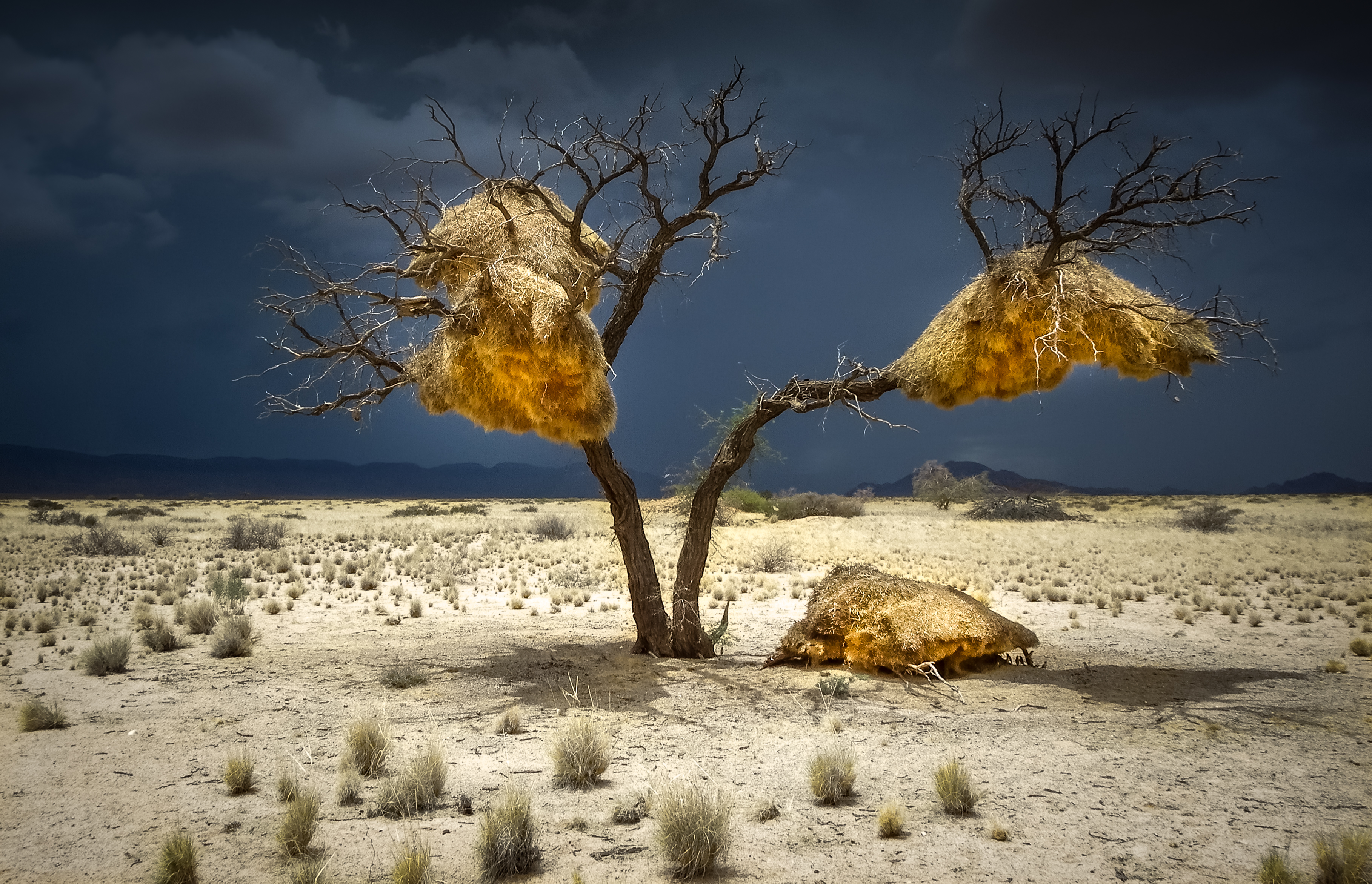
Another option to see the country if you don’t want to drive yourself, is join a tour. We kept bumping into the same one on our route and it wasn’t just youngsters as you’d imagine. The average age was probably 40’s and they seemed to have an itinerary around the popular places to see and they were clearly staying at the same nice Gondwana places as us. The vehicle was a huuuuge converted bus, adapted for African terrain with enormous tyres and mega suspension for the bumpy roads. And for that you get a guide, you don’t have to worry about driving and the group itself was probably about 15 to 20 people, so not too many. Ideal I think, regardless of age.
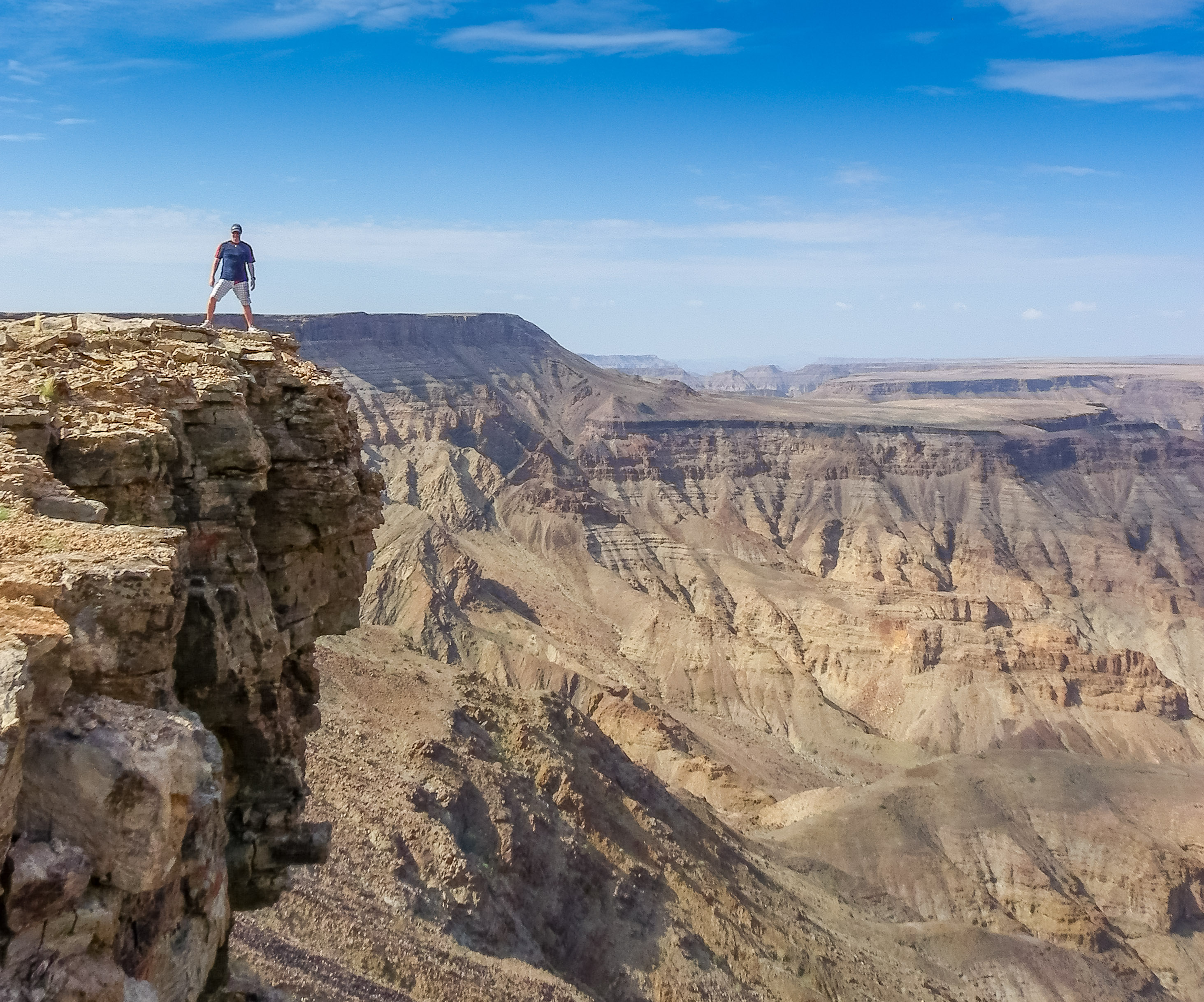
My travel tip for this place is regarding when to go. We went in February which they call low season. I’m not sure when high season is, but if we go back we’ll go back in low season again. A lot of the times when we stayed at these lodges they were either empty or there’d just be a handful of people. Not only that, but the room prices were cheaper than normal too. The popular landmarks weren’t crowded with tourists. For example, when we visited the spooky Dead Vlei in the Namib Desert we were the only people there. There could be hundreds of people there in the high season. The weather was great too. Mostly hot, but not too hot. It rarely got above 30 degrees during the day, but we heard it could be as much as 50 in the dry season.
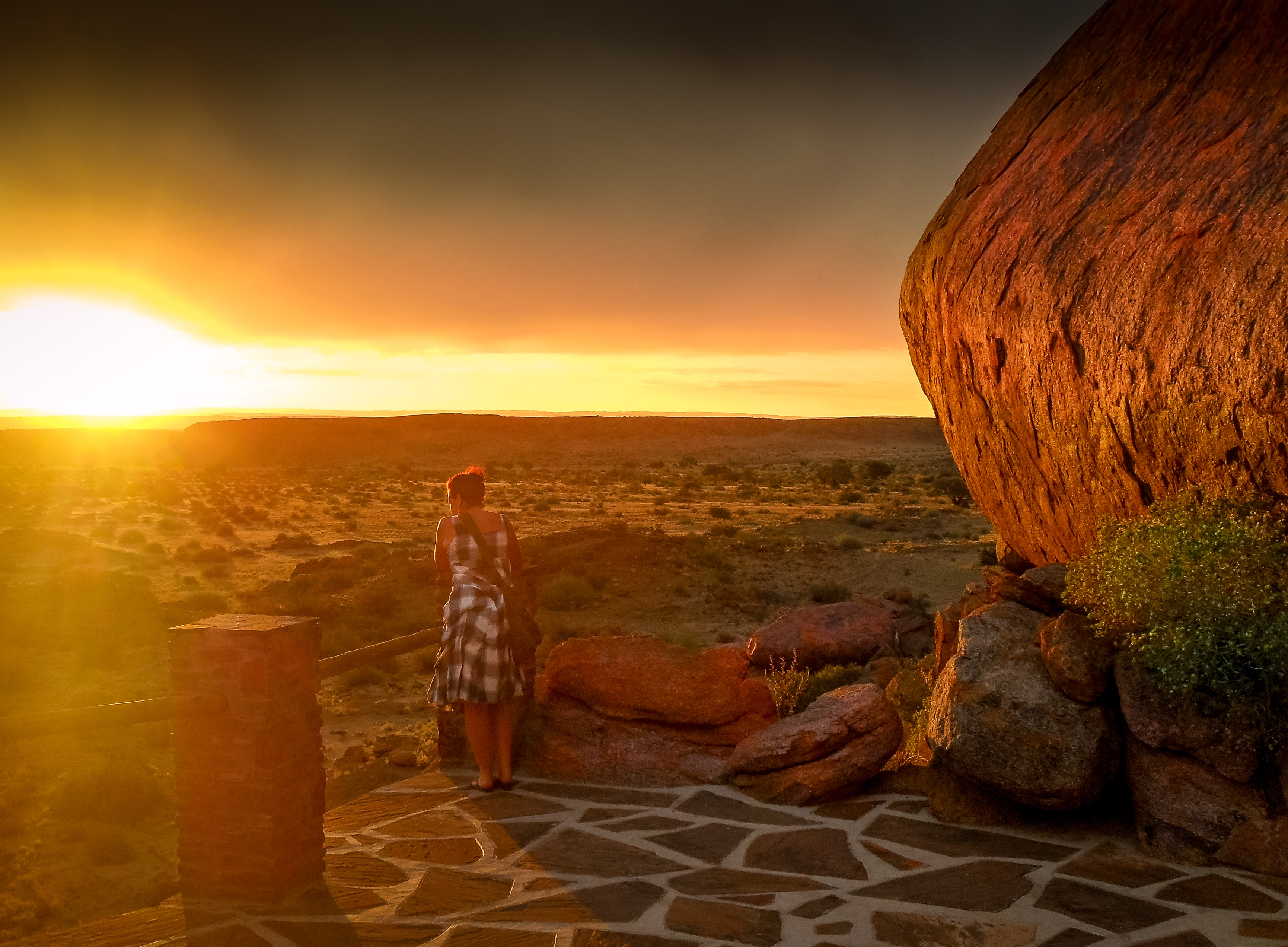
There are some very interesting books to read based on Namibia while you’re there. I recommend the one called The Sheltering Desert by Henno Martin. A true story about two German geologists who during the outbreak of World War Two decide to try and survive living in the desert on their own rather than face being imprisoned in an internment camp. It’s a very interesting read.
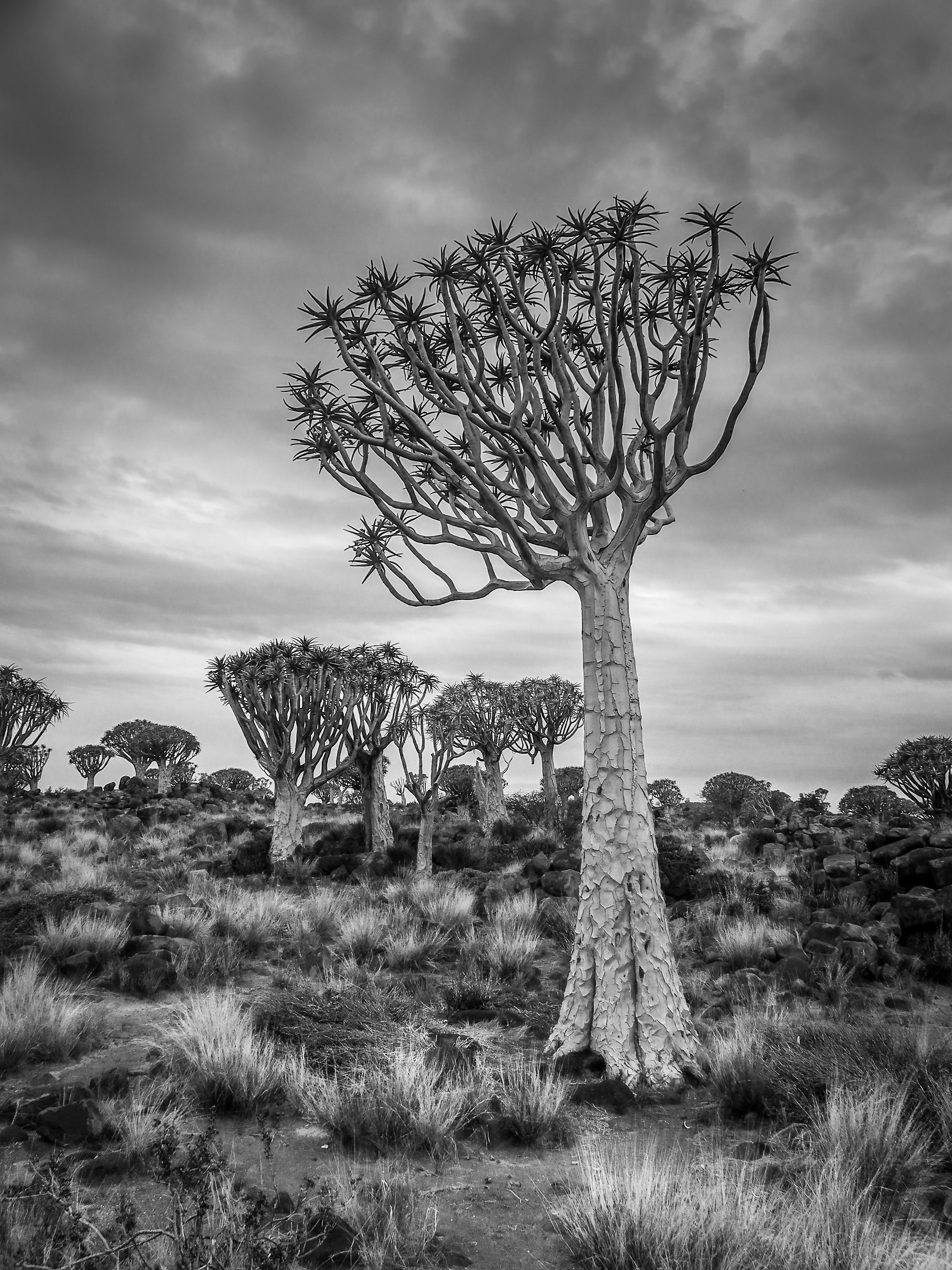
The wildlife is epic in Namibia. It’s well known for it’s Etosha National Park in the north of the country where you have the best chance of seeing all the usaul safari creatures like elephants, lions, etc., but there are opportunities to see many different types of wildlife the whole length of the country. I’ve mentioned the wild horses of the Garub which are fascinating to go and watch. There are a couple of excellent places to go and see big cats in the wild too, namely Africat and also the Cheetah Conservation Fund, but there are many other private owned parks and reserves too. Just check their credentials online first or write to me and ask. I’m always happy to help.
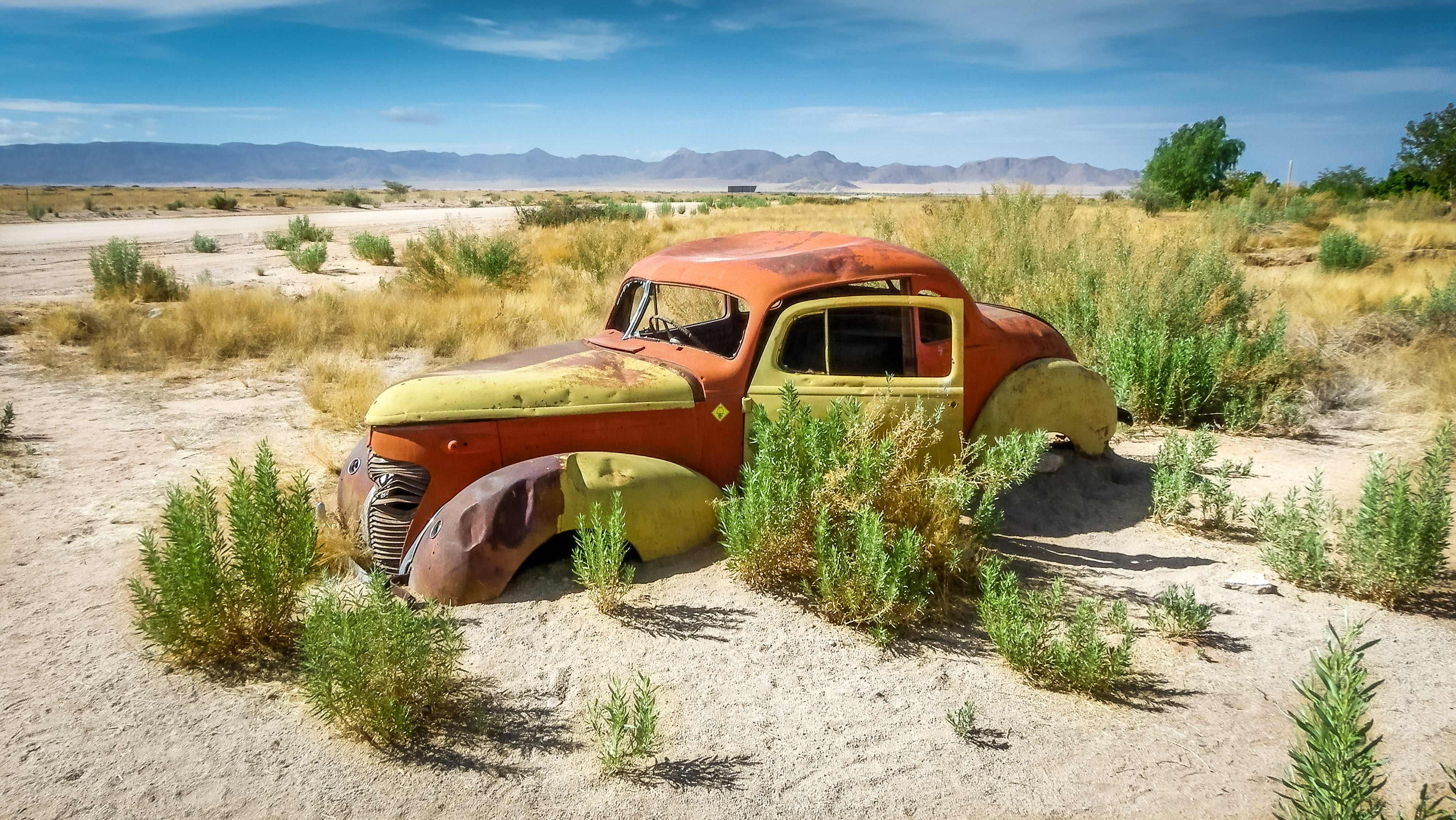
Most of this country is wild, wild landscapes, but there are a few places along the coast where tourists do go, mostly German. Places like Walvis Bay and Swakopmund are totally ok to hang out if you need to touch civilisation along your journey. Even some of these larger towns around the country are quite quirky and amusing too. We stayed in a very strange place called the Schutzenhaus Guesthouse in Keetmanshoop. It’s quite a historic building apparently but staying there felt like we’d been transported back in time to 1942 Berlin. It was quite surreal as we walked round and saw documents on the wall clearly from the Second World War signed by the SS and alike.
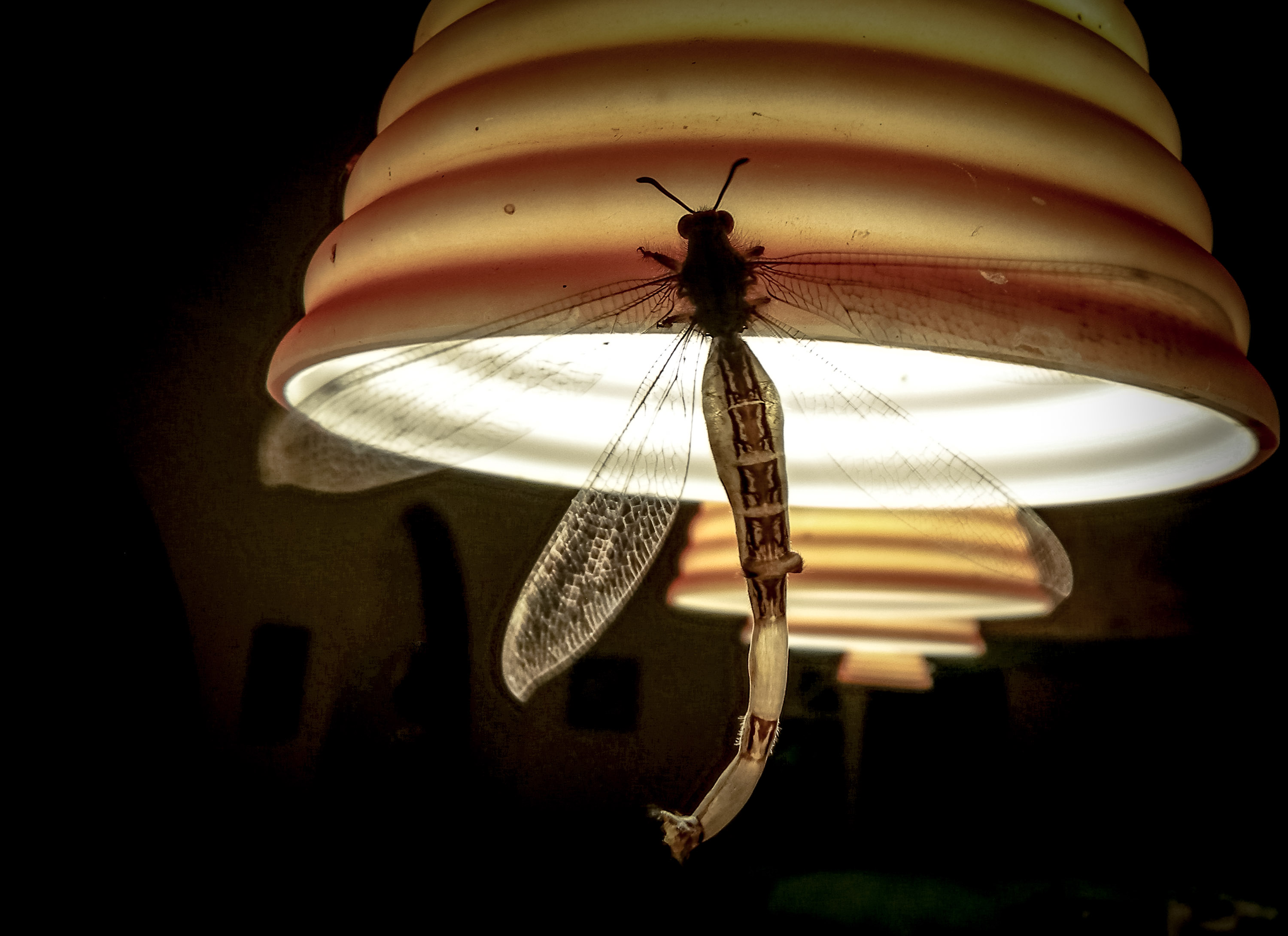
Anyway ….. from climbing sand dunes to strange other-worldly landscapes, from excellent eco lodges in the middle of nowhere to ghostly shipwrecks, from unique wildlife to canyons and beautiful nature, from interesting cultures to deserted mining towns and the never knowing what you’re going to see along the way. I absolutely love this country and can’t wait to go back and see some more.
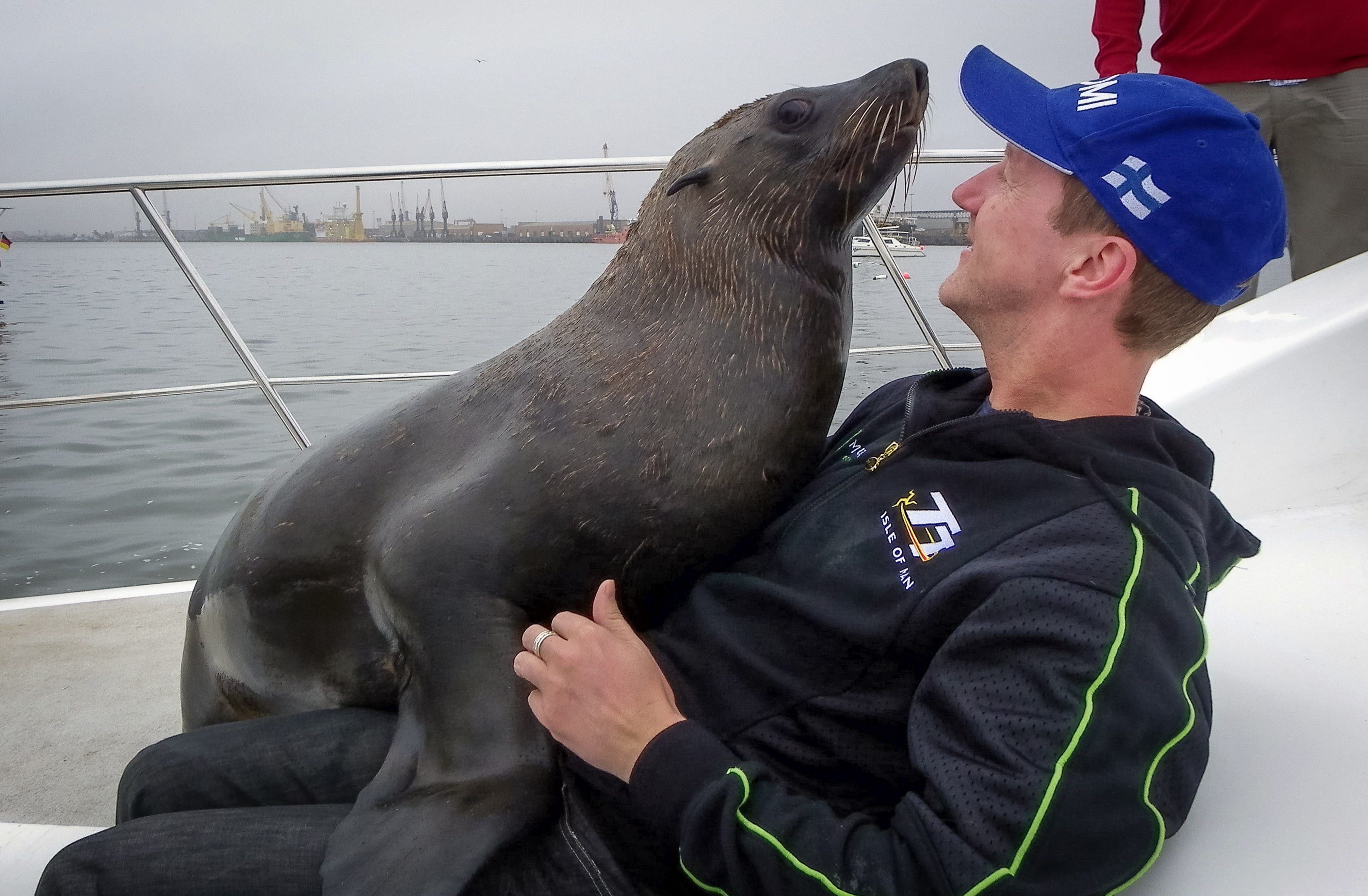
One last warning about this country. I have met fairly seasoned travellers who have been there and just don’t get the place. So, please remember, this is just my opinion. I think if you find desert landscapes appealing, wild nature, almost no tourists, quirky scenery and enjoy real adventure, a sense of not knowing, then you’ll love it here. It’s quite simply just very different from anywhere else you’ve likely been before. And that’s what you want in life isn’t it? Something different?